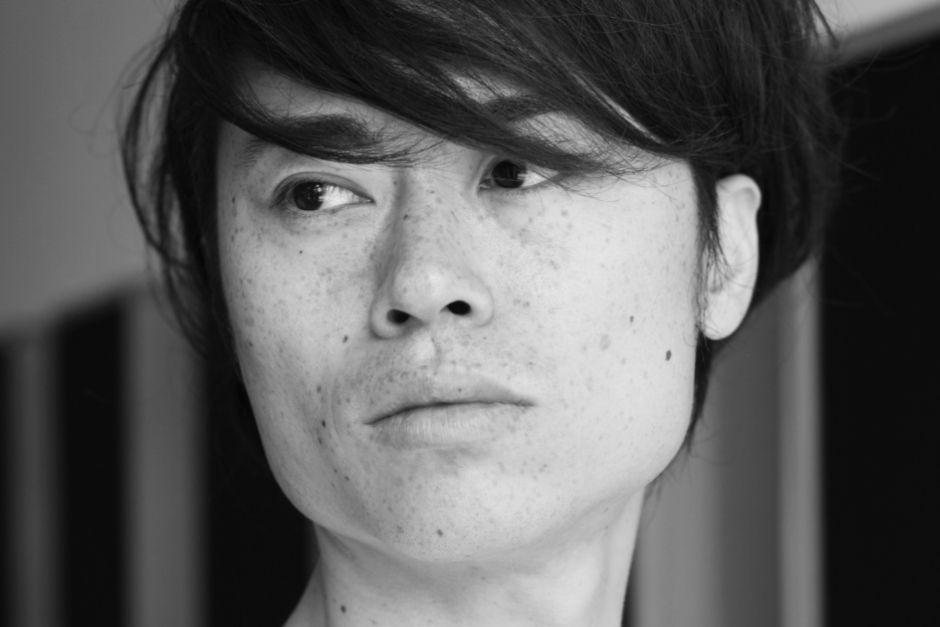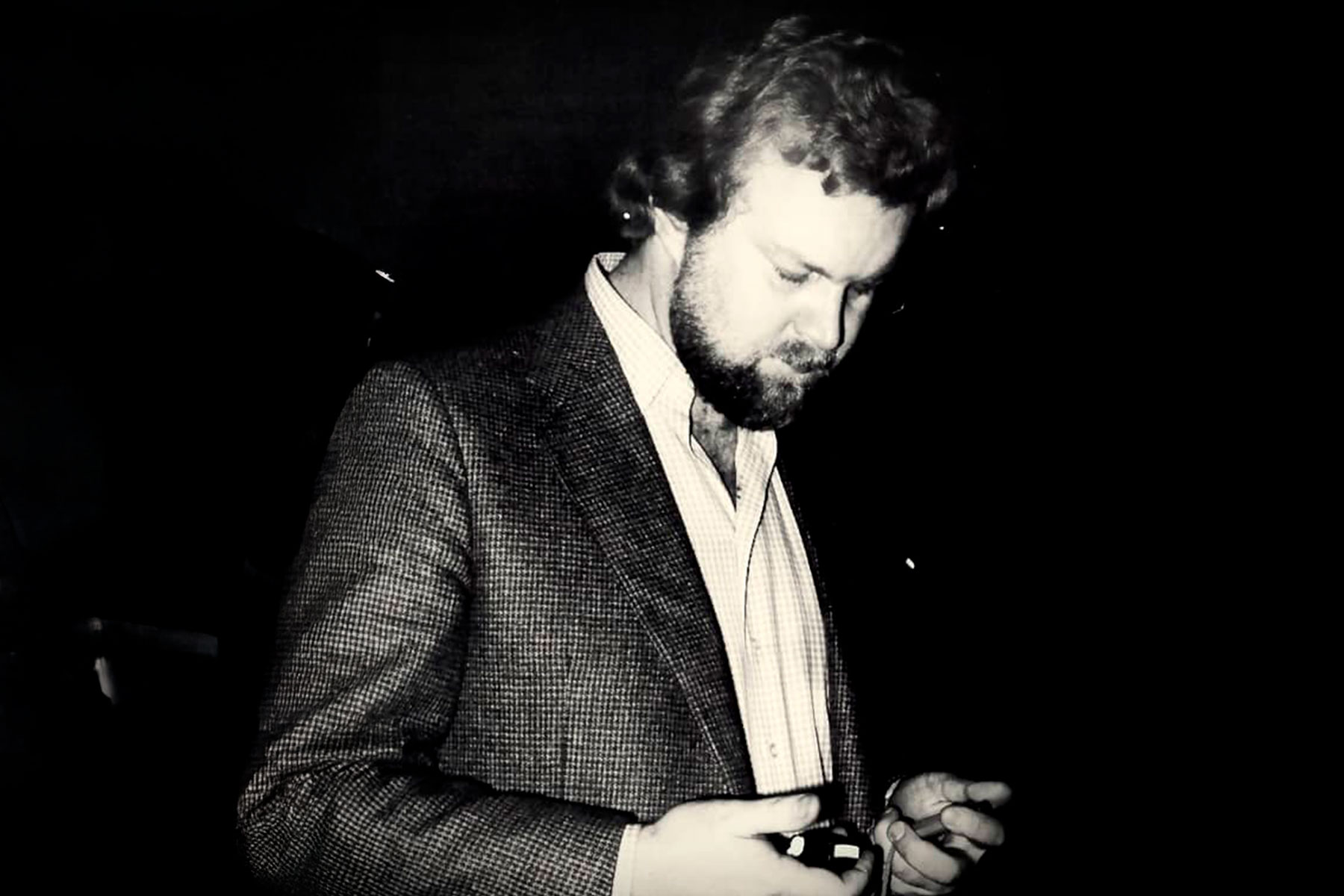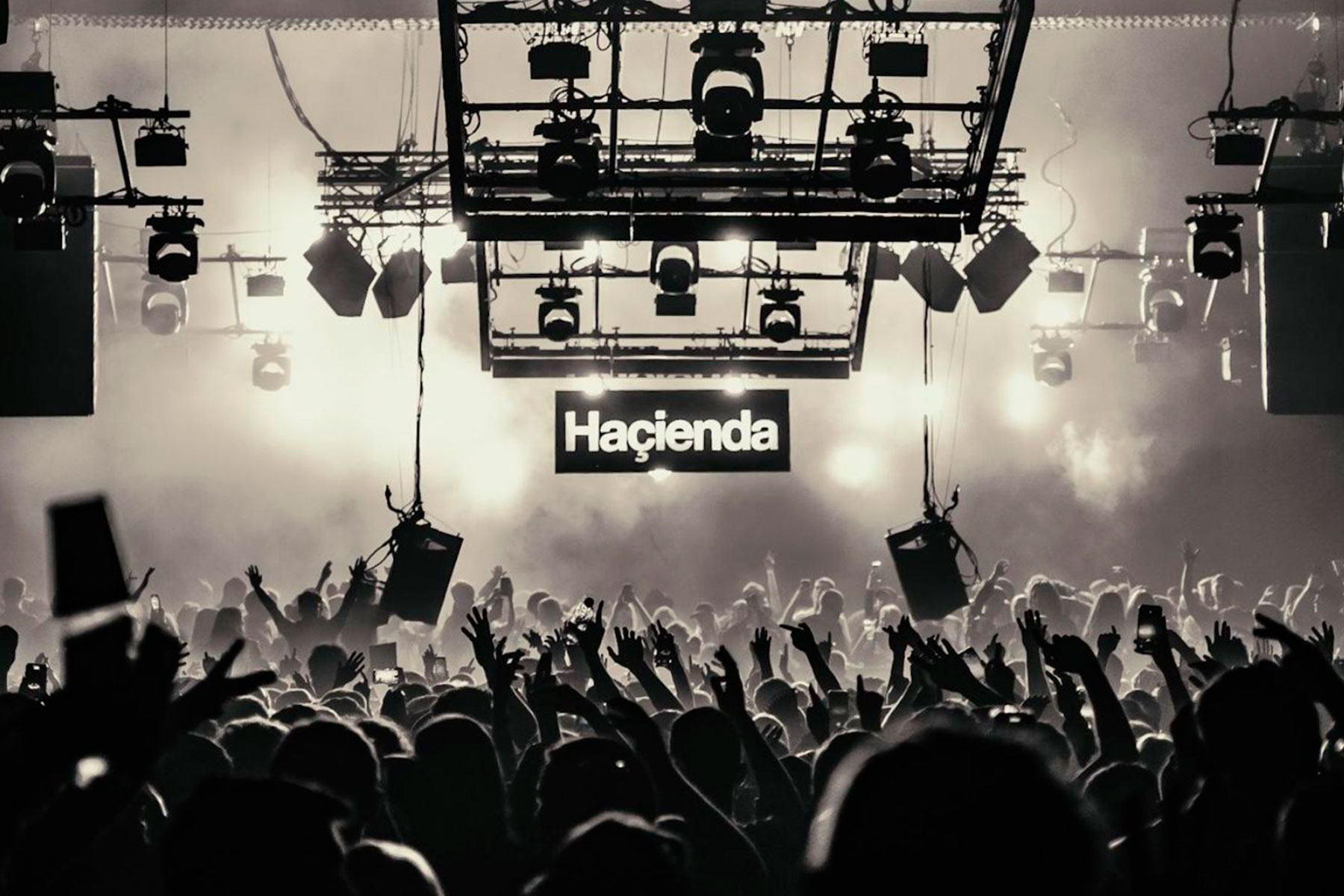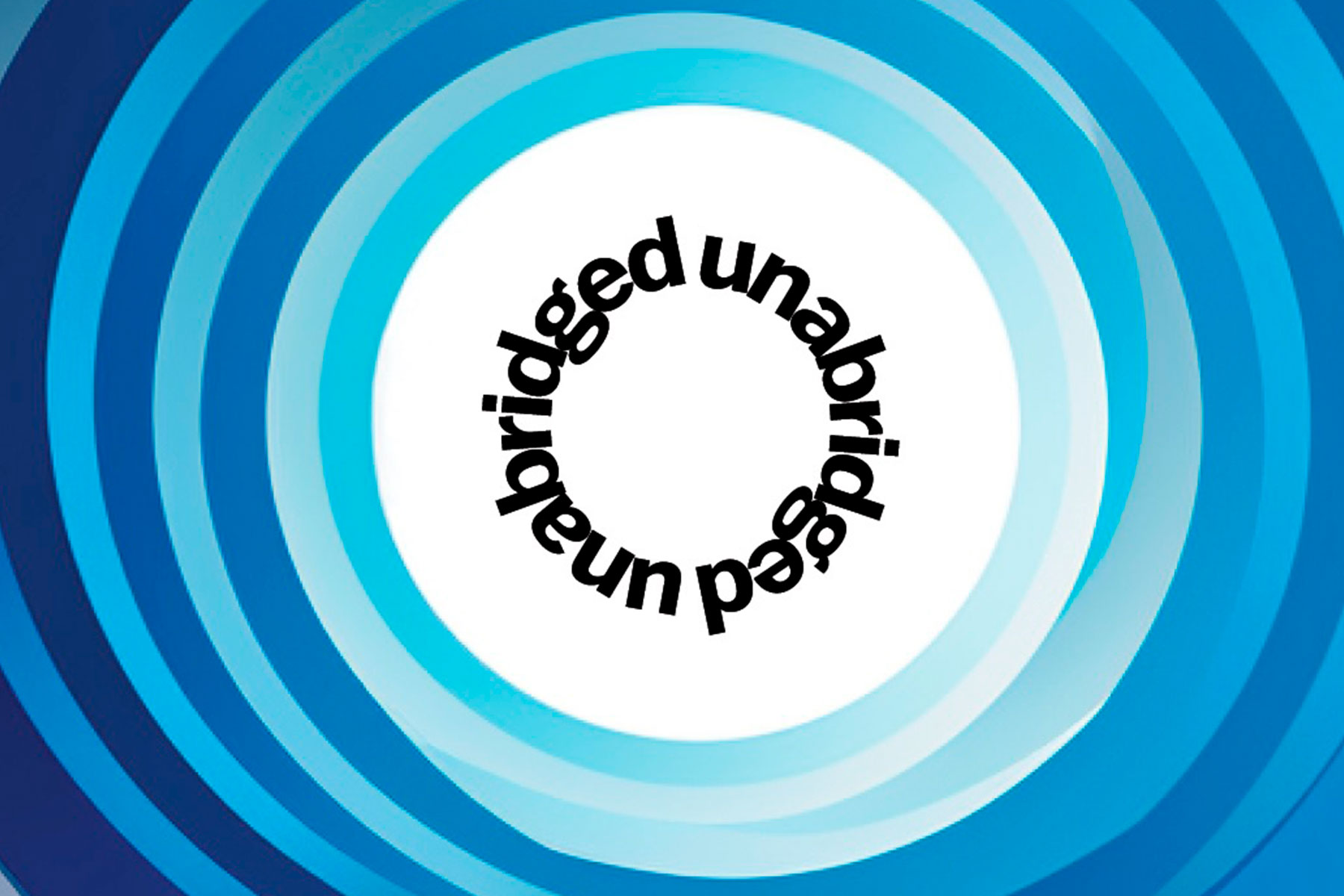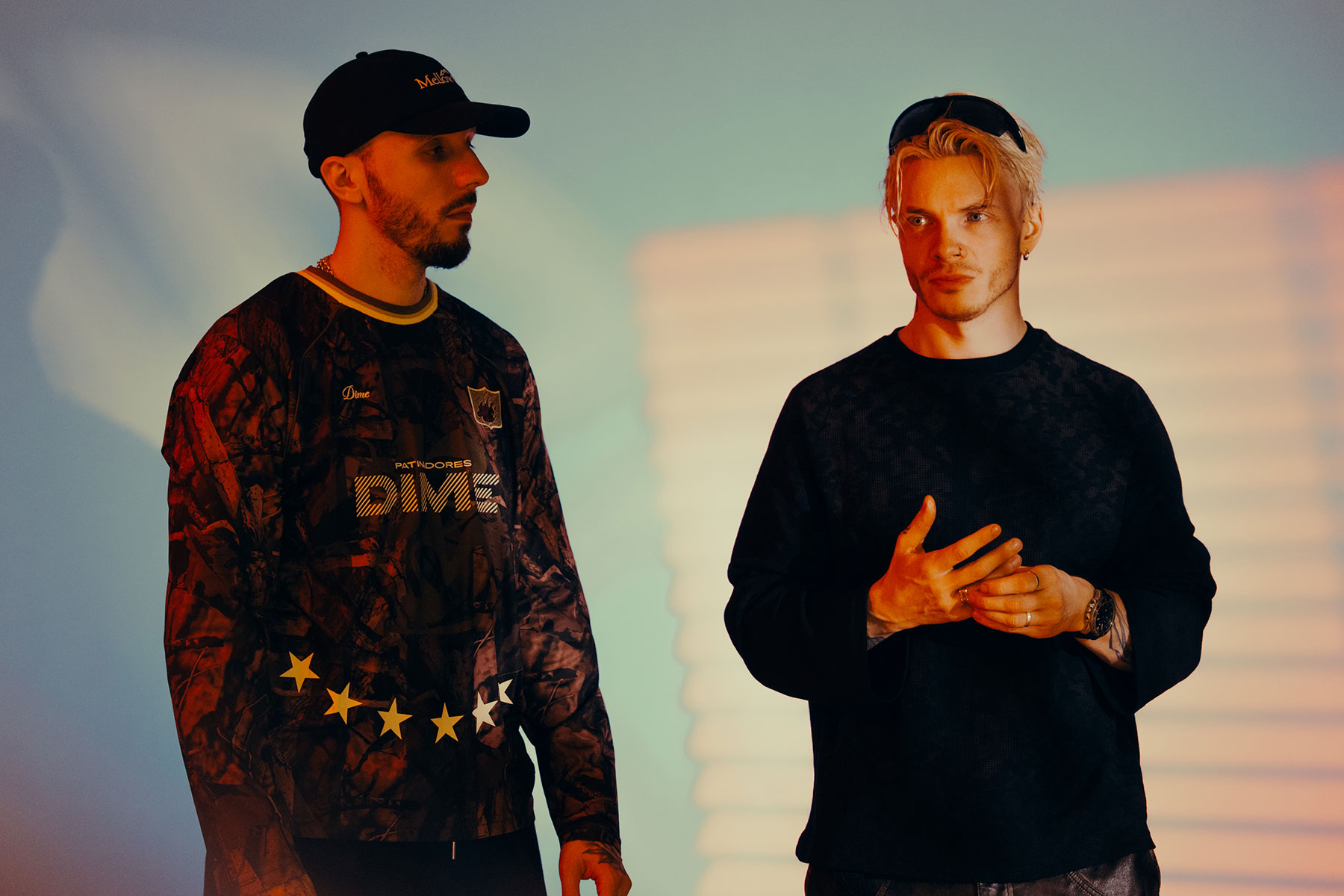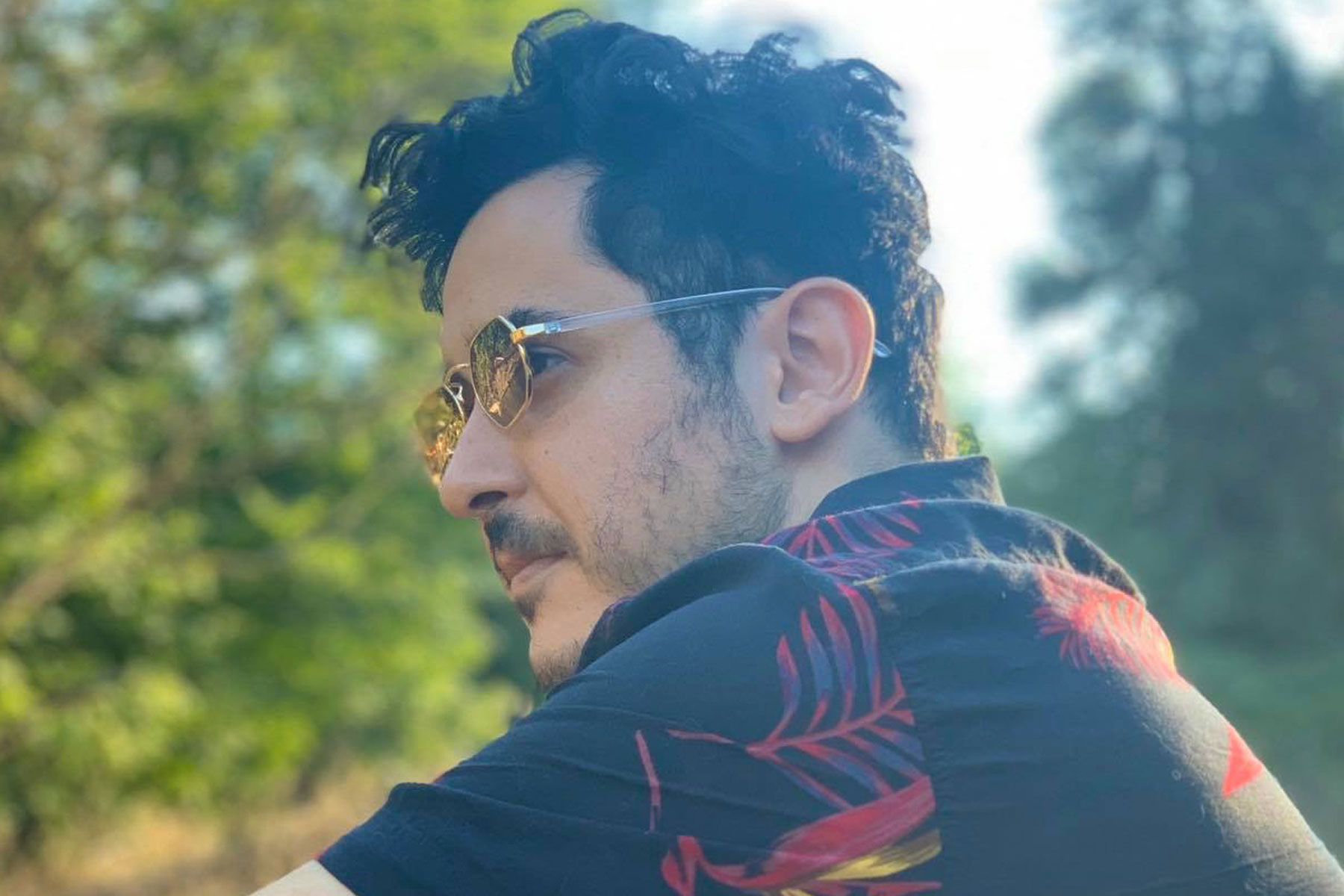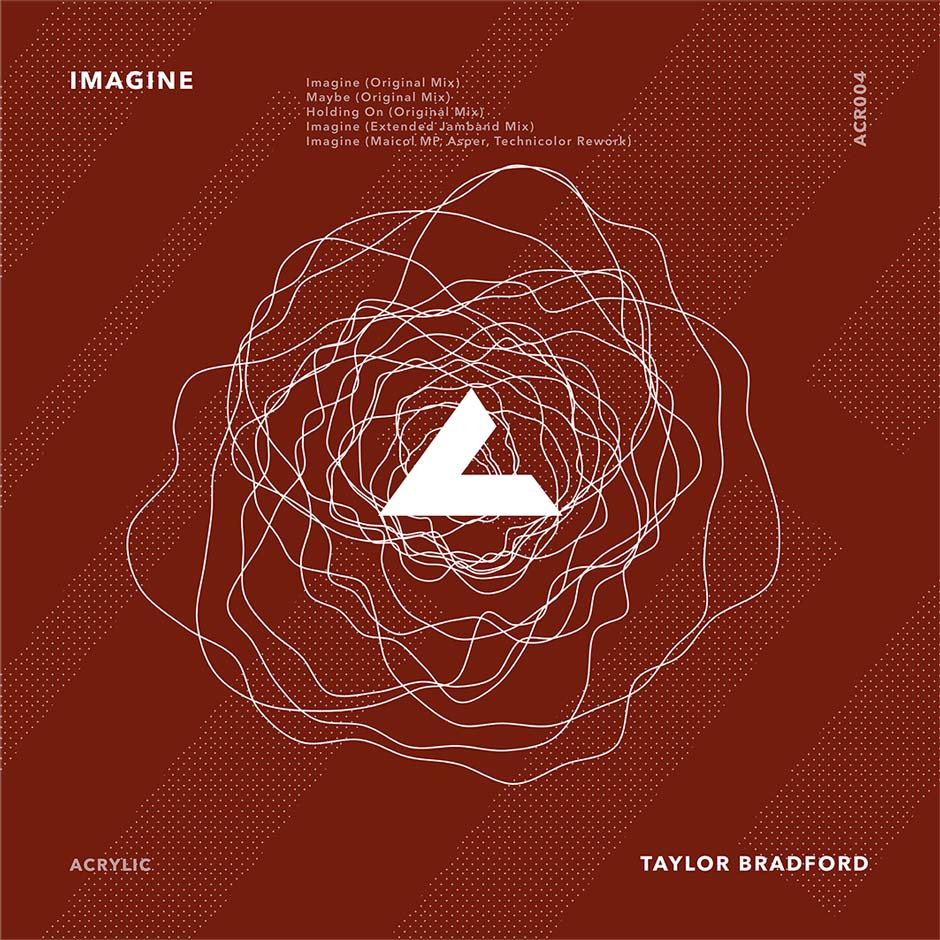Photo Credit: Bruno Destombes
MUTEK | Ryoichi Kurokawa- Théâtre Maisonneuve | Montreal |2019 |
“subassemblies”
Audiovisual concert
HD video projection | 4.1ch sound | strobe light
Japanese artist Ryoichi Kurokawa was born in 1978, and currently he lives and works in Berlin, Germany. Kurokawa’s works take on multiple forms such as installations, recordings, and concert pieces. The artist composes the time sculpture with the field recordings and the digitally generated structures and reconstructs architecturally the audiovisual phenomenon.
In recent years, his works are shown across the world at international festivals and museums including TATE Modern, Centre Pompidou, Venice Biennale, Palais de Tokyo, ARS Electronica, Mutek, and many more. In 2010, he was awarded the Golden Nica at Prix Ars Electronica in the Digital Musics & Sound Art category.
We caught up with Ryoichi Kurokawa to talk about his upcoming show at Mutek Barcelona on March 12th, 2022.
EG: Hellow Ryoichi, it is a great honor that you have granted us this interview, thank you very much. Taking advantage of your presence at Mutek Barcelona where you will present The ‘subassemblies’, “a project based on 3D data obtained by laser scanning of man-made architecture, ruins and nature (…)”, we would like to talk a little more about how this idea of combining architecture, nature, and sound came about?
Ryoichi Kurokawa: Thanks for the invite. I often use nature as motive since one of my main axis of creation is the reconstruction of nature such as physical phenomena and natural law. Abandoned buildings have been attracting me a lot on various levels for a long time, and as a first idea it was to employ them to contrast with nature. ‘subassemblies/s.asmbli’ is a project including several artworks which are presented in different formats, and ‘subassemblies’ is a main art work which is originally developed as a concert piece. I often work on nature: natural phenomena, natural law, and reconstruct them into new art forms. With this ‘s.asmbli’ project, I wanted to expose forces of both, nature and art, and contrast them. This project pursues the relationship between nature and human-made through a perspective of architectural scale. 3d data of human-made architecture, ruins and nature is distorted and reconstructed into each module as subassemblies to create a renewed timeline with layers of order and disorder while exposing the force of both, nature and art.
EG: Sounds very interesting. By the way, this tridimensionality seems powerful to us, what do you think of this?; “Nature will eventually break everything down,” says the author of The World Without Us, “and If it can’t break things down, it eventually buries all.”
Ryoichi Kurokawa: As I have not read that book, I don’t know the author’s true intention only with these quotes. We might have a risk of self-defeat, it’s sort of shared awareness. Humans alone change the system of earth, we have a responsibility to sustain it for all lives.
EG: In your artistic proposal you also accord great prominence to architectural structures in ruins that suggest melancholy and remind us that everything is temporary and eventually disappears, would you agree with this idea?
Ryoichi Kurokawa: All things flow, everything runs and does not stay there, which seem to be the same, however are never the same. We will find the beauty and the life, the being, in this flex. Then, the nature of things would lurk in such an alteration. I think that is what the beauty is all about and we are in this temporary beauty.
EG: The loudest sounds in the universe are those that release the most energy, in your live set it seems that the sounds were propagated in another atmosphere, with another temperature, density, and different chemistry, how do you work? What are your favorite instruments?
Ryoichi Kurokawa: Basically I construct patterns and events with computer-generated sound and processed concrete sound, I do field recording a lot and digital-process them. It’s difficult to say my favorite instrument, dare I say it, I have been employing chord and sound of Shō, a Japanese free-reed instrument, for my several projects since early times. Some of its chords are discordance in terms of Western music, but its vibrancy attracts me.
“I want to provide inspiration rather than to deliver specific messages or information. I don’t want to lead by verbalizing except for audiovisual language”
EG: ‘subassemblies’ is almost metaphysical exposing a reality, a substance – matter, the eternal, infinite, and perfect nature, and the mind that continues to exist and evolve. Currently, what are your artistic concerns? What new ideas would you like to explore?
Ryoichi Kurokawa: I want to provide inspiration rather than to deliver specific messages or information. I don’t want to lead by verbalizing except for audiovisual language. It can be freely interrupted in different ways by the audience. Getting colorful feedback from viewers is my pleasure. I’m trying to let viewers think through experience or to provide a trigger or awakening.
EG: Finally, we want to thank you very much for your attention and your time, and we are looking forward to seeing you at your concert at Mutek Barcelona on March 12th.-
Ryoichi Kurokawa: Thank you very much. I’m looking forward to presenting this piece in Barcelona.
Find your tickets for Mutek Barcelona here.
Follow Ryoichi Kurokawa: Website | Instagram | Vimeo | Spotify


